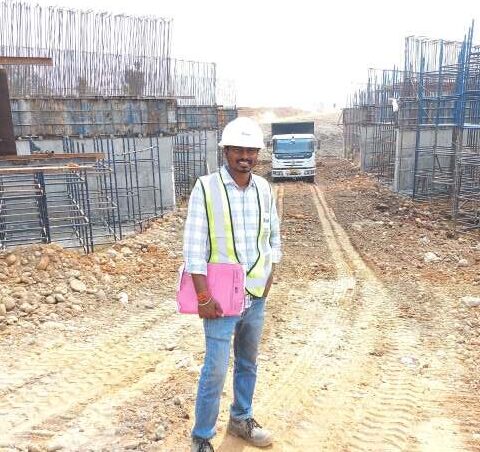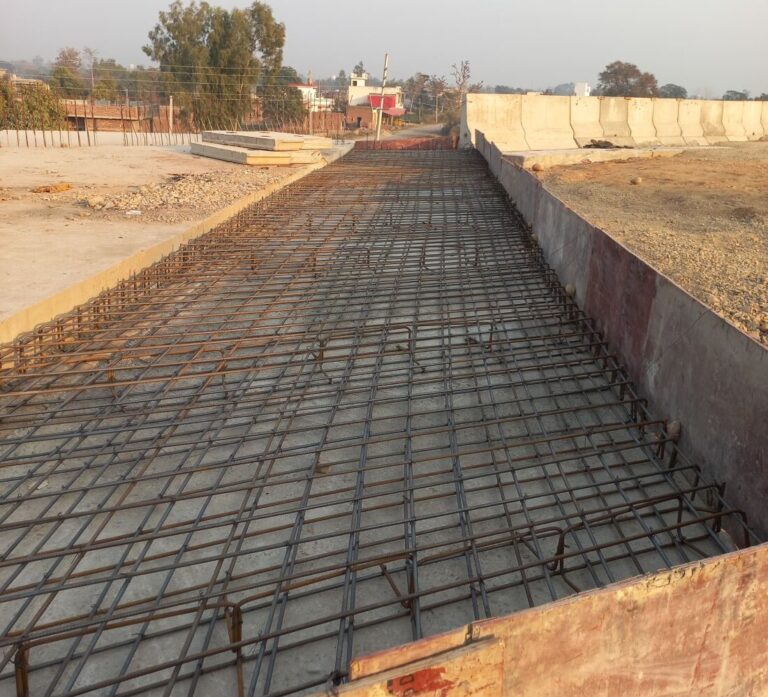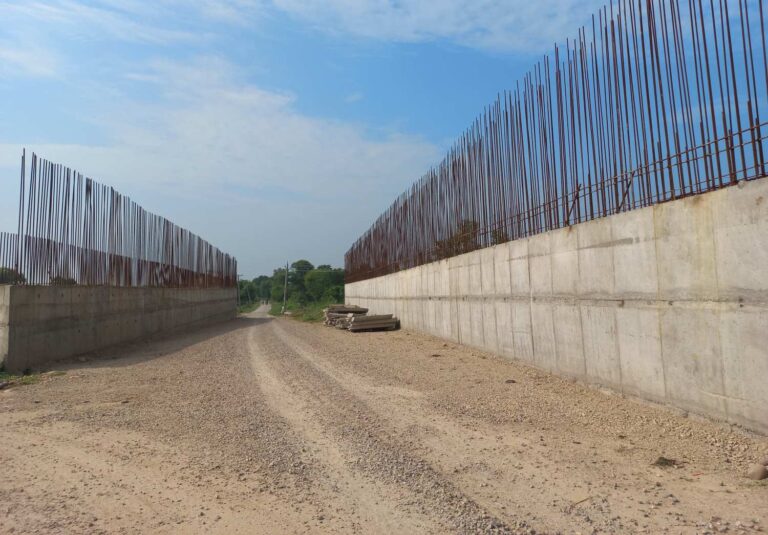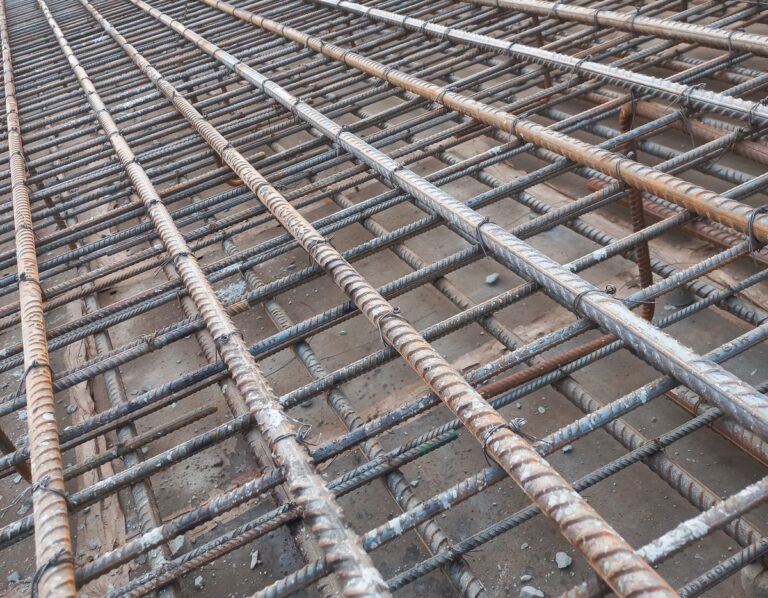A pipe culvert and a box culvert are both structures that are part of road projects in civil engineering. Before constructing any road, many culverts are built to allow water to flow easily under the road without damaging the soil beneath the highway or the road’s base structure. While pipe culverts and box culverts are made using the same materials and structural principles, they have different designs. However, there are many differences between pipe culverts and box culverts. In this article, we will clear up the confusion between the two.
Structure and Design:
The structure and design of pipe culverts and box culverts are crucial because they directly impact the effectiveness of water management and the stability of the infrastructure. Pipe culverts, with their circular design, minimize hydraulic resistance and are ideal for smaller flow rates, offering cost-effective and easy installation. In contrast, box culverts, with their rectangular shape, handle larger volumes of water and provide superior load-bearing capacity, making them suitable for high-flow areas and heavy traffic loads. The design choice affects durability, maintenance needs, and overall project costs, ensuring the infrastructure remains functional and safe over time.
Pipe culvert structure
Pipe culverts are cylindrical structures designed to facilitate the passage of water through embankments, under roads, or railways. They are typically made from materials like concrete, steel, or plastic (HDPE).
Pipe culverts are circular in cross-section, which allows for efficient flow of water due to minimal hydraulic resistance. The diameter of these pipes can vary based on the volume of water they need to carry.
Box Culvert structure
Box culverts are rectangular or square structures designed to handle larger volumes of water, and they are often used in places where higher flow rates are expected.
Box culverts have a rectangular or square cross-section. They can be constructed in single or multiple cells (sections) to handle varying amounts of water flow. The dimensions of box culverts can be customized to fit the specific requirements of a project.
Advantages and disadvantages
the choice between pipe culverts and box culverts depends on the specific requirements of the project, including the volume of water flow, load-bearing needs, and budget constraints. Each type has its unique advantages and disadvantages, which should be carefully considered during the planning and design phases of a construction project.
pipe culvert advantages
Cost-Effective: Pipe culverts are generally less expensive to manufacture and install compared to box culverts, making them a cost-effective solution for smaller projects.
Ease of Installation: The installation process for pipe culverts is straightforward and faster, reducing labor and equipment costs.
Durability: When made from concrete or steel, pipe culverts offer long-lasting performance and can withstand various environmental conditions.
pipe culvert disadvantages
Limited Capacity: Pipe culverts have a limited capacity for water flow, making them unsuitable for areas with high flow rates or large drainage areas.
Load-Bearing Limitations: The circular shape may not be as effective in bearing heavy loads compared to box culverts, particularly for road and railway applications.
Installation Challenges: In areas with high groundwater levels, installing pipe culverts can be challenging due to the risk of floating during installation.
box culvert advantages
High Capacity: Box culverts can handle larger volumes of water and are suitable for areas with high flow rates, such as streams and rivers.
Load-Bearing Strength: The rectangular shape provides excellent load-bearing capacity, making box culverts ideal for use under roads and railways.
Customizable Sizes: Box culverts can be constructed in various sizes and configurations (single or multiple cells) to meet specific project needs.
box culvert disadvantages
Higher Cost: The construction and installation of box culverts can be more expensive due to the materials and labor involved.
Complex Installation: Installing box culverts can be more complex and time-consuming, often requiring more extensive excavation and site preparation.
Potential for Sediment Accumulation: The flat bottom of box culverts can lead to sediment accumulation, which may require regular maintenance to prevent blockages.
Weight: Precast box culverts can be heavy and may require specialized equipment for transportation and installation, increasing the overall project cost.
conclusion
Both pipe culverts and box culverts are crucial for effective drainage in road and infrastructure projects. Pipe culverts, being circular, are cost-effective, easy to install, and suitable for smaller water flows. However, they have limited capacity and load-bearing capabilities. Box culverts, with their rectangular shape, handle larger volumes of water and bear heavy loads, making them ideal for high-flow areas and under roads or railways. They offer customizable sizes and robust performance but are more expensive and complex to install. Selecting the appropriate culvert type depends on specific project requirements, including water flow, load demands, and budget constraints.
What are the main differences between pipe culverts and box culverts?
Pipe culverts are circular, cost-effective, and easy to install, ideal for smaller water flows. Box culverts are rectangular, handle larger water volumes, and bear heavier loads, making them suitable for high-flow areas and under roads or railways.
When should I choose a pipe culvert over a box culvert?
Choose a pipe culvert for smaller drainage areas with lower flow rates, where cost and ease of installation are priorities. They are ideal for minor road crossings and areas with minimal traffic load.
What are the advantages of using box culverts despite their higher cost?
Box culverts handle high water flow, bear heavy loads, and can be customized for specific needs. They are ideal for high-flow areas, urban drainage, and under roads or railways, offering robust performance and durability.








